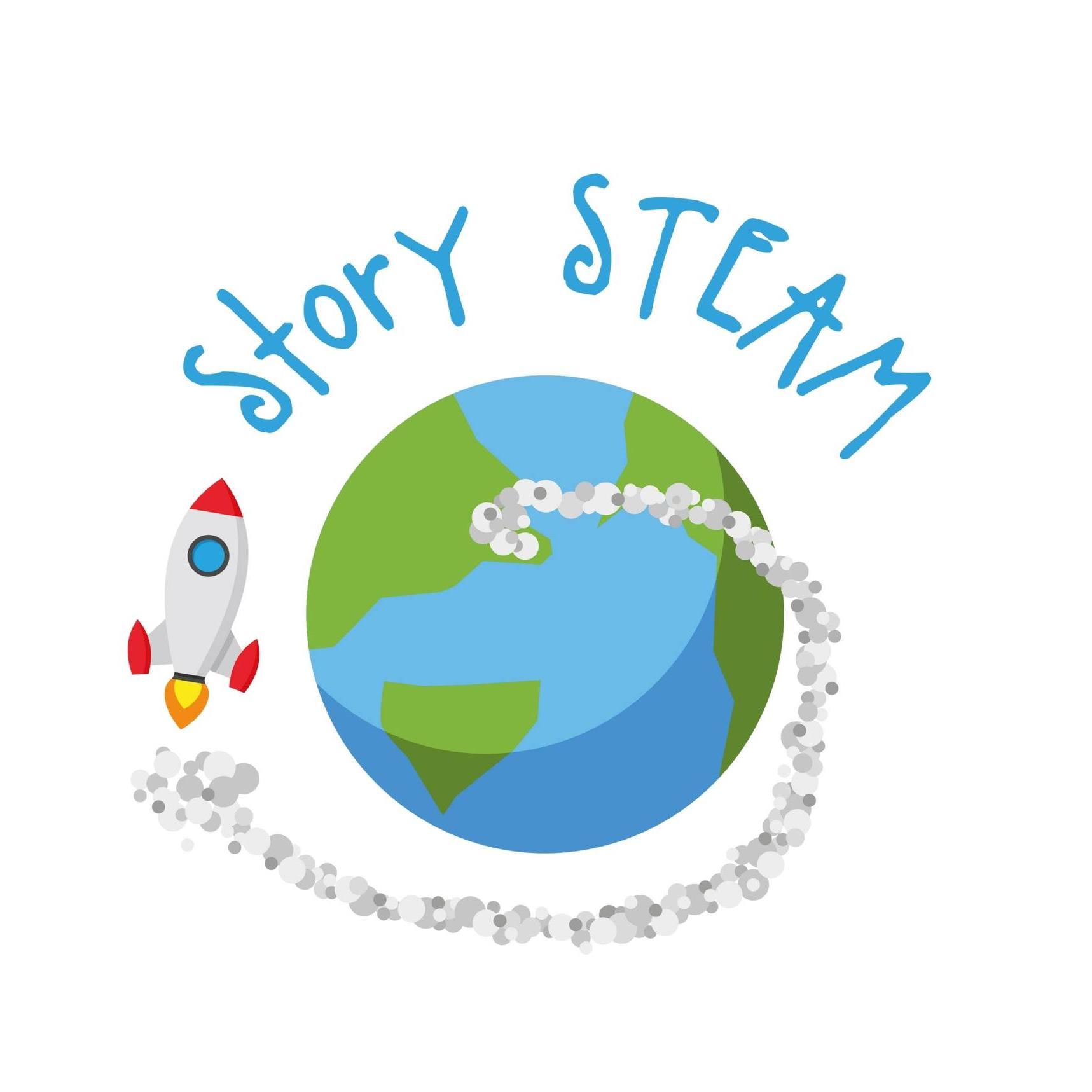StorySTEAM Academy
Institution
StorySTEAM Academy
Institution Typology
Other
Country
United
Stakeholders involved
-Students
-Teachers
-Schools
Summary
STORY STEAM is an educational initiative that integrates the five STEAM disciplines into traditional learning, combining essential areas of knowledge through a variety of formats accessible to the entire community.
CONTEXT AND OBJECTIVES
Problem addressed or learning needs
The main goals are to make learning more accessible and enjoyable by blending areas of expertise with the latest technologies to maximize impact and reach. Active on social media, they share the weekly topics and offer distance learning through pre-recorded classes for children aged 6 to 12.
Types of enhanced competences
The students’ main learning outcomes vary depending on the class or course selected, but they cover all STEAM subjects, blending them with elements of culture and general knowledge to create a unique educational experience for learners.
METHODS, STRATEGIES AND TOOLS
Subjects involved
Humanities, Technologies\Engineering, Math, Arts
Duration and timeline of implementation
The project has been supporting British students and beyond for four years through its classes and activities. However, it does not share specific information about the number of participants or the schools visited with its workshops.
Strategies and activities
In addition to the courses and modules offered on their website, they provide a series of workshops available to educational centres:
KS1/2: Storytelling with Lego
KS1/2: Creative Cross-Curricular S.T.E.A.M. Workshops
KS2: Cross-Curricular Physical Computing Using the Micro:bit in the KS2 Classroom
KS2: Cross-Curricular Scratch Coding
They can also adapt the content according to the students’ level or the specific needs of the educational centre.
Material Sources
Scratch, oragami, lego, videos, blogs etc
Methodology
Team Work, Cooperative Learning, Learning By Doing, Digital Storytelling
IMPACT AND RESULTS
Impact
As mentioned earlier in the report, it does not share specific information about the number of participants or the schools visited with its workshops, however, during the dour years of activity it has reached hundreds of students through its various channels and activities.
Observed Benefits
The benefits of the initiative include access to educational resources that integrate STEAM subjects from anywhere in the world, as well as offering local activities based on demand. In summary, it combines educational channels to optimise the impact of the programme and its activities.
Challenges Faced
One of the main challenges they likely faced at the beginning was building a network of content and contacts to help grow the initiative—especially difficult considering that their students, or potential audience, could come from anywhere in the world.
LESSONS LEARNT AND RECOMMENDATIONS
Key Success Factors
Their success lies not only in establishing themselves as a nationally recognized programme, but also in incorporating new methodologies into the conventional education system to approach STEAM subjects from a different perspective.
Future Improvements
The development of the next generation’s digital skills through STEAM subjects in an engaging and enjoyable way has been a major achievement of the programme, helping it stand out among similar initiatives. The effective use of tools such as gamification is a clear lesson for future projects.
Recommendations
- Gamification
- Cultural aspectos to STEAM teaching

